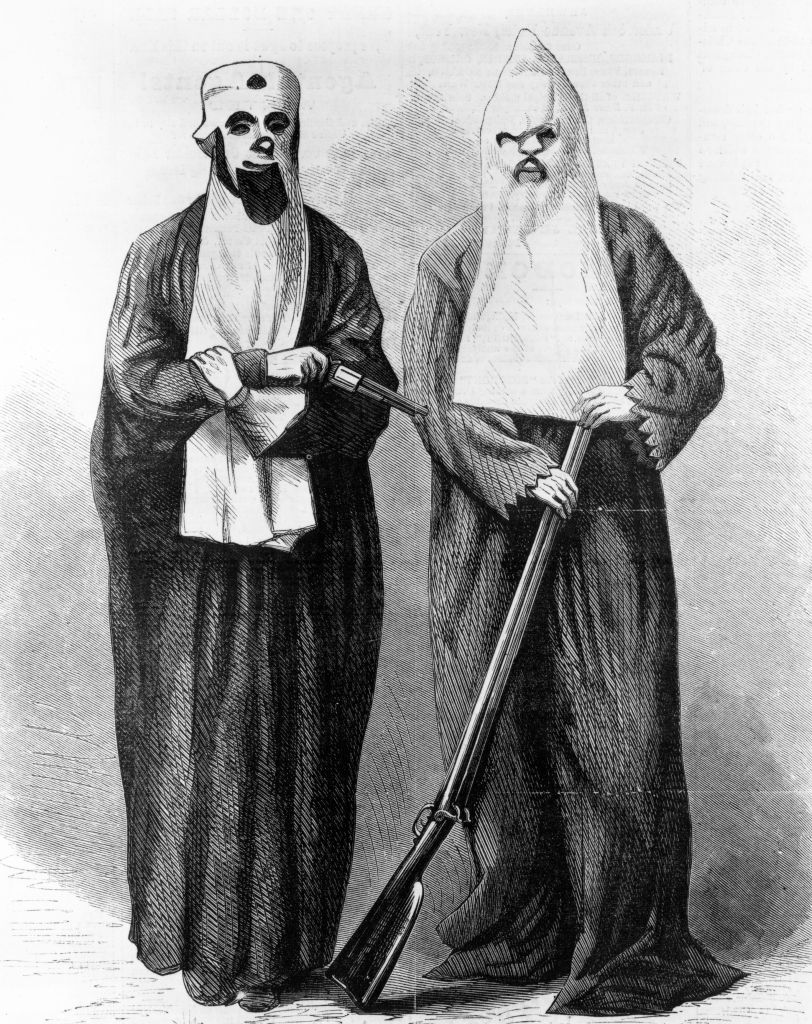The Roots of America’s First Homegrown Terrorist Movement
Published By admin

In the fall of 1866, in the war-weary town of Pulaski, Tennessee, a group of bored young Confederate veterans came up with a new way to amuse themselves by creating a ghostly costumed fraternity. They called it the Ku Klux Klan, an invented name that they thought would sound mysterious and intriguing. While most of their activities were harmless at first, they also “entertained” themselves by scaring local freed people with menacing antics. hers soon saw the Klan’s sinister potential, turning it into a weapon of war to terrify newly-empowered Blacks and their white allies, destroy the embryonic two-party system in the South, and subvert the recently launched Reconstruction. They were inventing America’s first terrorist movement.
Under former general Nathan Bedford Forrest, the Klan rapidly metastasized across the former Confederacy. Although the Klan was nominally hierarchical, Forrest’s cohort seems to have exerted little direct control outside Tennessee. Forrest himself, however, seems to have functioned as a sort of reactionary Johnny Appleseed, sowing the seeds of insurrection as he traveled the region under cover as an agent for an insurance company, presumably identifying willing local commanders and leaving the seeds of new “dens” or “klans” in his wake.
Although in practice they operated independently, dens generally shared a similar “prescript,” or constitution, that demanded absolute secrecy and obedience. For five years, with virtual impunity, the Klan’s night-riding gangs flogged, tortured, and lynched politically active Black men, raped their wives, shot their children, burned Black schools, and threatened Republican voters. In many areas, the Klan served as the clandestine military arm of the Democratic party, which stridently opposed all aspects of Reconstruction. In some counties more than half the white male population joined the Klan, including local elites and public officers. Wherever the Klan rode, courts were compromised, juries intimidated, and witnesses too frightened to testify against the Klan’s crimes. Federal troops were spread far too thinly to offer much protection—there were only about 12,000 posted in the South by 1870—and they were mostly barred from taking action against the Klan wherever civil law was theoretically in effect.
Content retrieved from: https://time.com/6325590/america-terrorist-movement-ku-klux-klan-history/.






